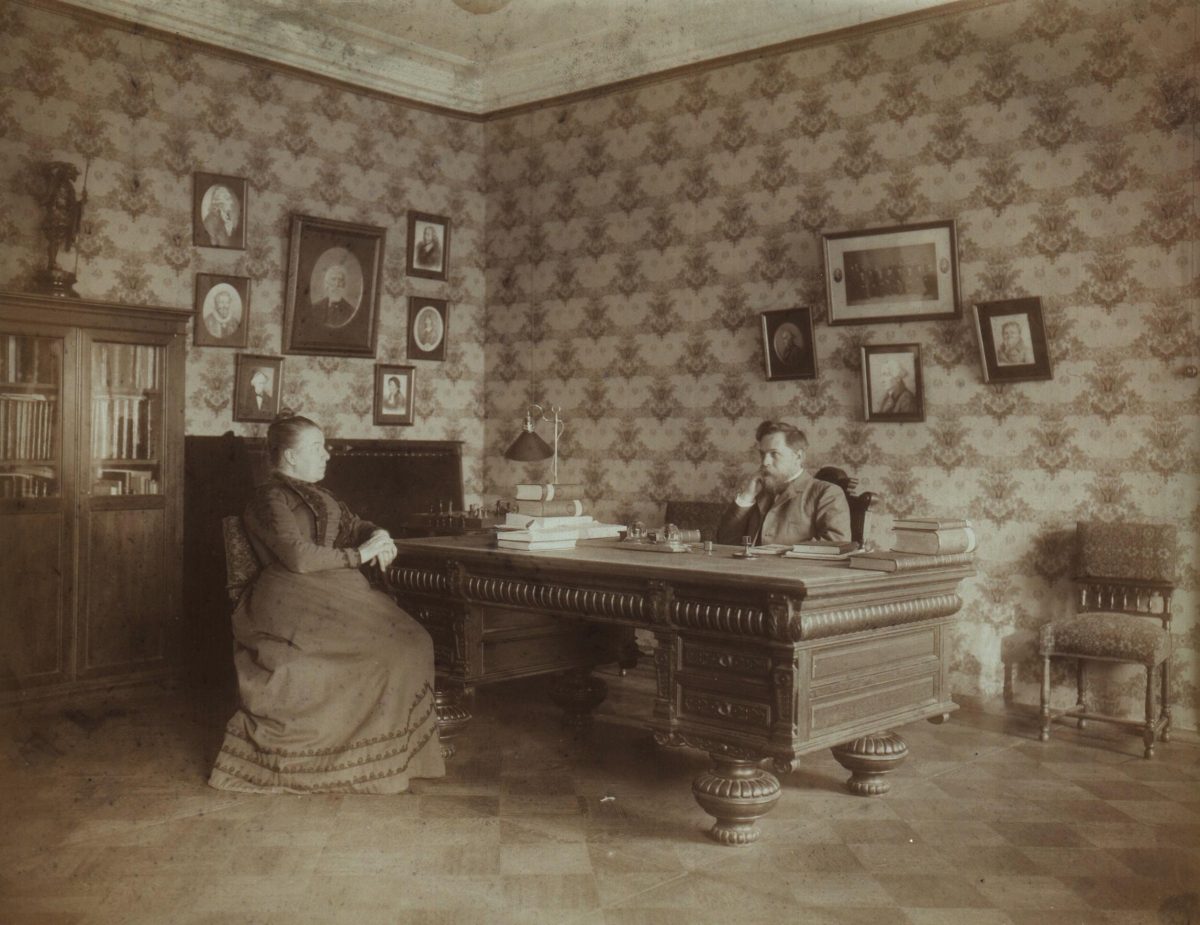- About MAA
- Membership
- MAA Publications
- Periodicals
- Blogs
- MAA Book Series
- MAA Press (an imprint of the AMS)
- MAA Notes
- MAA Reviews
- Mathematical Communication
- Information for Libraries
- Author Resources
- Advertise with MAA
- Meetings
- Competitions
- Programs
- Communities
- MAA Sections
- SIGMAA
- MAA Connect
- Students
- MAA Awards
- Awards Booklets
- Writing Awards
- Teaching Awards
- Service Awards
- Research Awards
- Lecture Awards
- Putnam Competition Individual and Team Winners
- D. E. Shaw Group AMC 8 Awards & Certificates
- Maryam Mirzakhani AMC 10 A Awards & Certificates
- Two Sigma AMC 10 B Awards & Certificates
- Jane Street AMC 12 A Awards & Certificates
- Akamai AMC 12 B Awards & Certificates
- High School Teachers
- News
You are here
A Selection of Problems from A.A. Markov’s Calculus of Probabilities: Suggestions for the Classroom and Conclusion
The problems presented in this article can be used in a variety of ways in the classroom. The first few are rather elementary and can be assigned as homework or as a project. It would be interesting to compare Markov’s notation to the more compact notation we generally use today. Perhaps students with adequate computer skills could write a simulation of the games described in these problems.
The later problems involve some rather sophisticated mathematics, such as continued fractions and hypergeometric series, topics not typically encountered in undergraduate courses. However, they should be accessible to advanced students and could be the basis of a term paper or independent study. There are also many opportunities to fill in details, especially those involving some intricate calculus, in places where Markov has skipped some steps.
There is little doubt that Andrei Andreevich Markov played a significant role in the development of modern probability theory and stochastic processes, which was formally axiomatized by Andrei Kolmogorov (1903–1987) in 1933. Calculus of Probabilities is one of Markov’s major accomplishments and deserves to be studied in more detail. This article is a step in that direction.

Figure 8. A. A. and Maria Markov in the mathematician’s home office. Family Album 1,
centennial page for A. A. Markov, Jr., August 2003. See more photos in [Basharin et al. 2004].
Alan Levine (Franklin and Marshall College), "A Selection of Problems from A.A. Markov’s Calculus of Probabilities: Suggestions for the Classroom and Conclusion," Convergence (November 2023)




